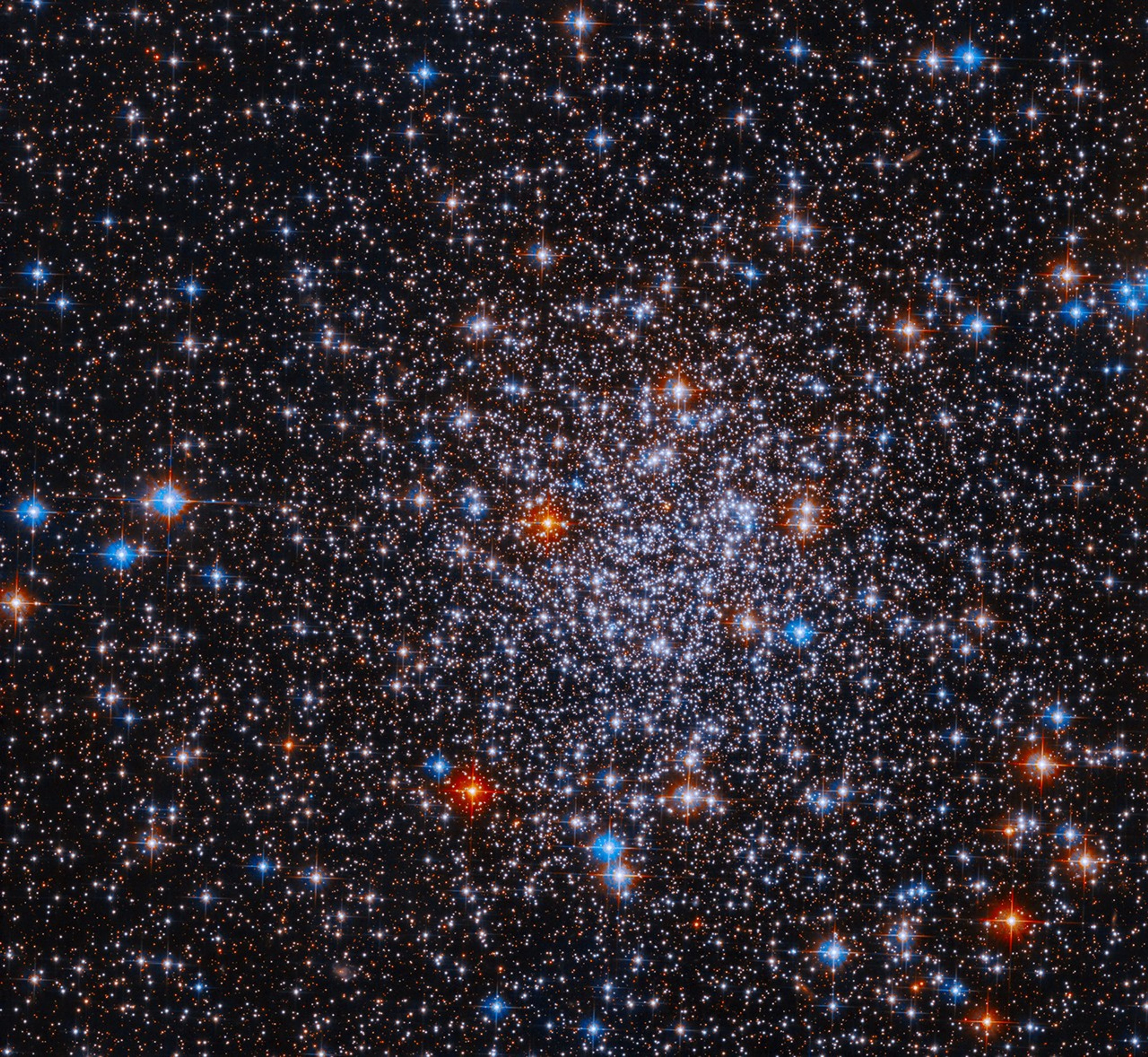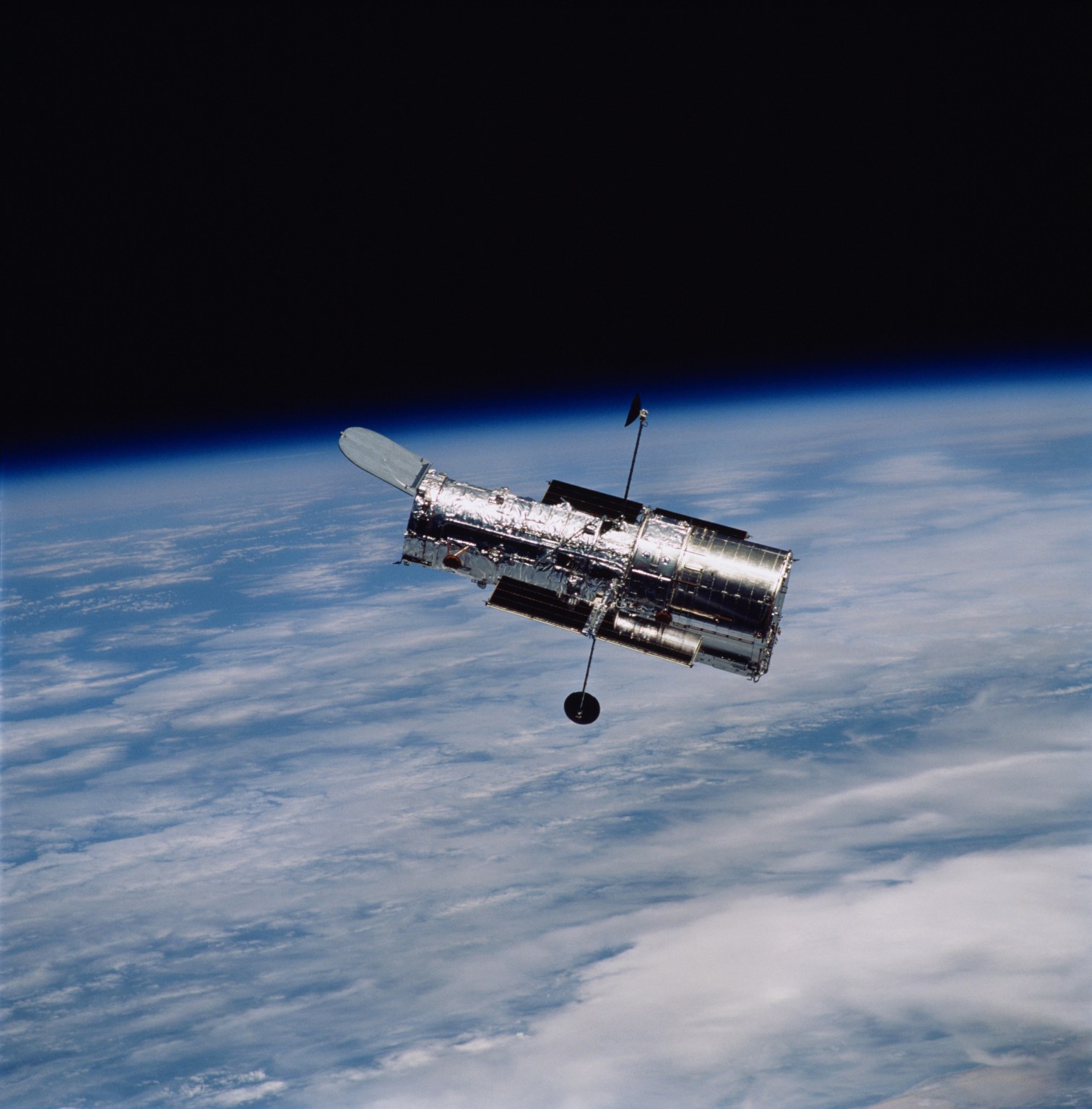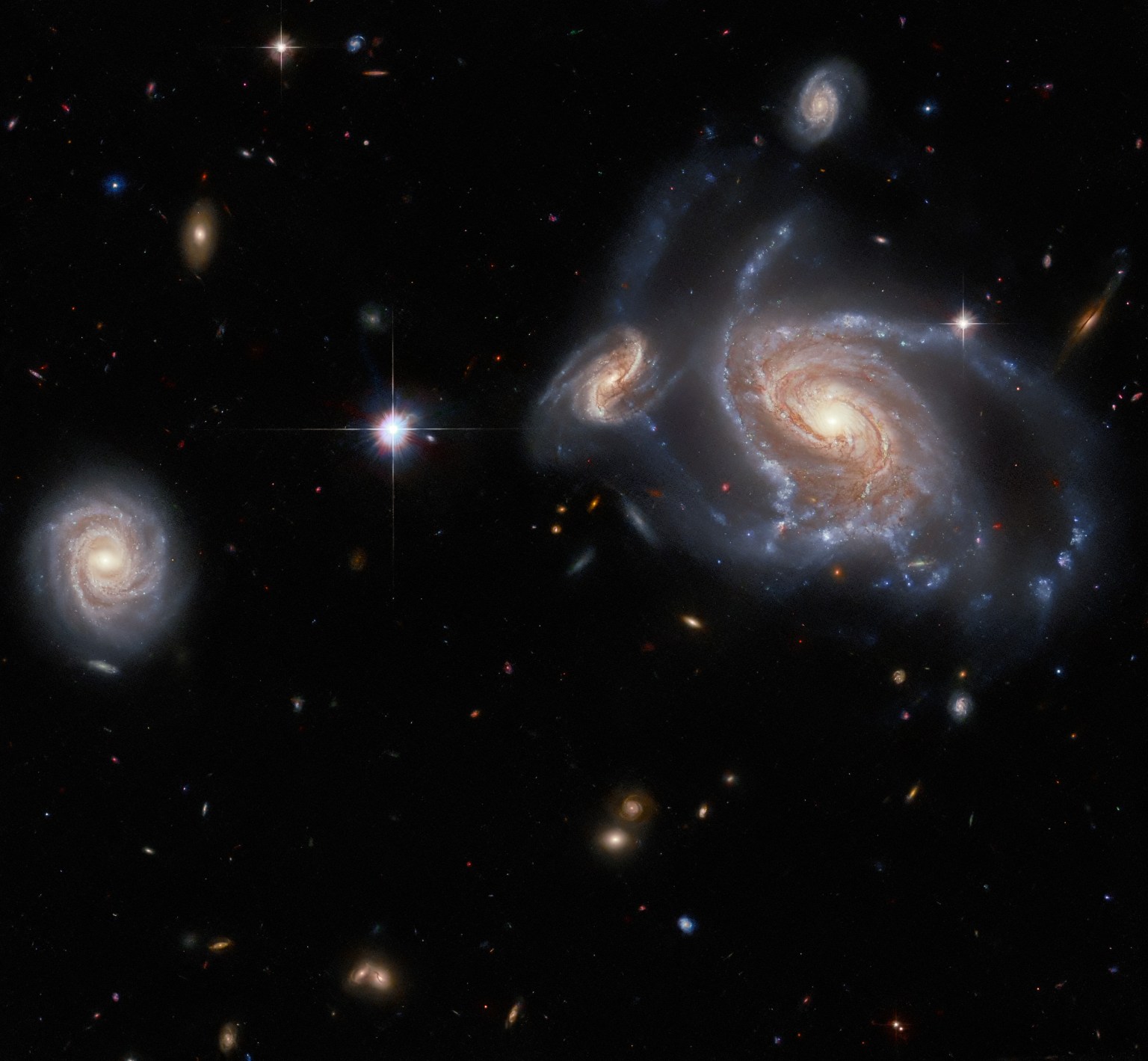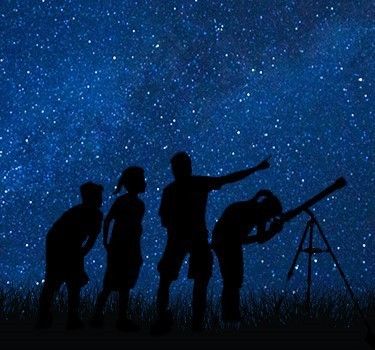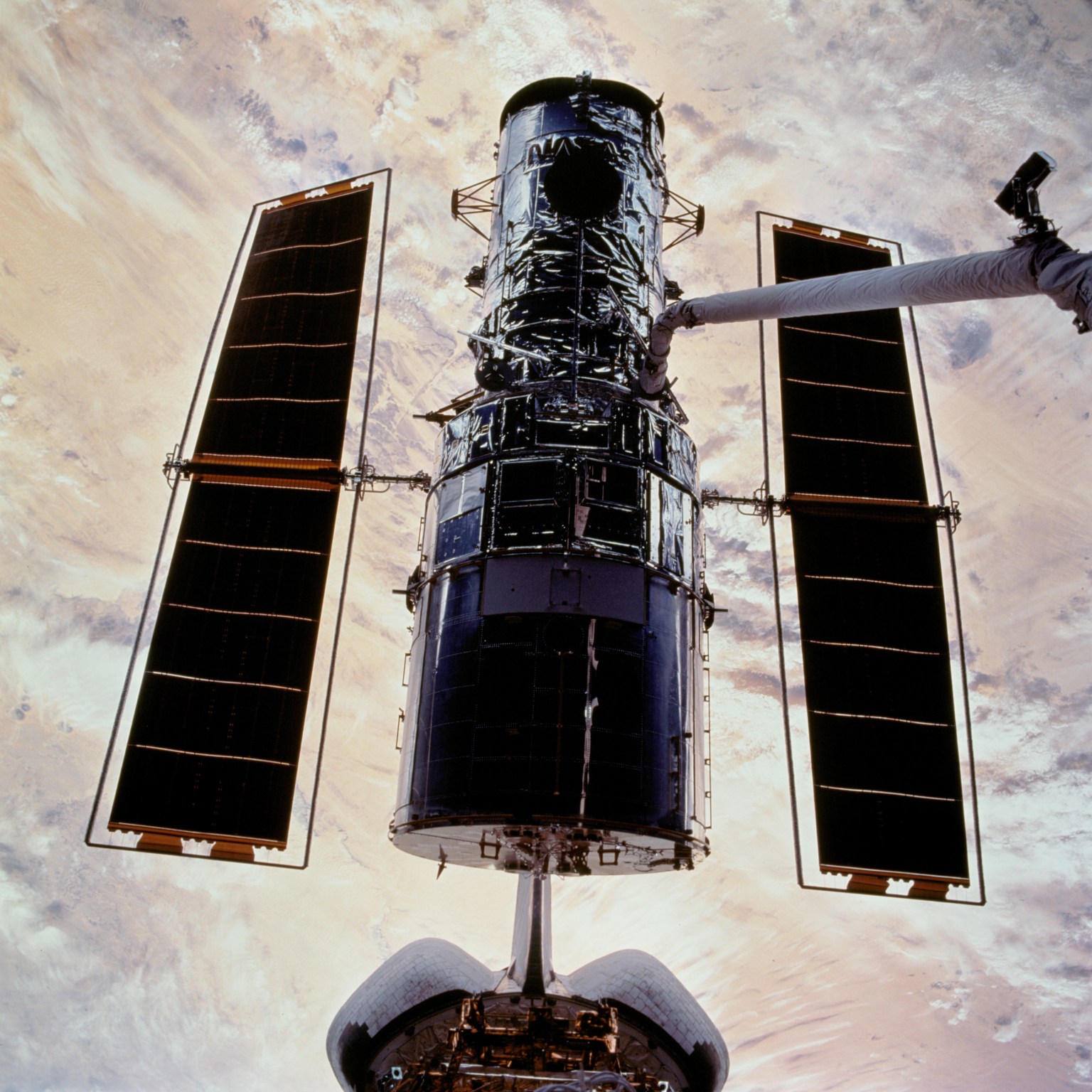Hubble Observations Give “Missing” Globular Cluster Time to Shine
- Hubble Space Telescope has captured an image of a previously unexplored globular cluster, ESO 591-12, which features a dense array of multicolored stars.
- The study aims to provide complete observations of ages and distances for all 34 confirmed Milky Way globular clusters that Hubble has yet to observe, shedding light on the early stages of our galaxy’s formation.
- Globular clusters like ESO 591-12 are spherical collections of tens of thousands to millions of stars tightly bound together by gravity, with stars typically forming from the same cloud of gas and collapsing at the same time.
- The Hubble Missing Globular Clusters Survey is part of a larger effort to study globular clusters using Hubble’s capabilities, which revolutionized the field since earthbound telescopes are unable to distinguish individual stars in compact clusters.
- The observations will provide key information on the early stages of our galaxy and help scientists better understand fundamental properties of still-unexplored clusters in the galactic bulge or halo.
2 min read
Hubble Observations Give “Missing” Globular Cluster Time to Shine
A previously unexplored globular cluster glitters with multicolored stars in this NASA Hubble Space Telescope image. Globular clusters like this one, called ESO 591-12 or Palomar 8, are spherical collections of tens of thousands to millions of stars tightly bound together by gravity. Globular clusters generally form early in the galaxies’ histories in regions rich in gas and dust. Since the stars form from the same cloud of gas as it collapses, they typically hover around the same age. Strewn across this image of ESO 591-12 are a number of red and blue stars. The colors indicate their temperatures; red stars are cooler, while the blue stars are hotter.
Hubble captured the data used to create this image of ESO 591-12 as part of a study intended to resolve individual stars of the entire globular cluster system of the Milky Way. Hubble revolutionized the study of globular clusters since earthbound telescopes are unable to distinguish individual stars in the compact clusters. The study is part of the Hubble Missing Globular Clusters Survey, which targets 34 confirmed Milky Way globular clusters that Hubble has yet to observe.
The program aims to provide complete observations of ages and distances for all of the Milky Way’s globular clusters and investigate fundamental properties of still-unexplored clusters in the galactic bulge or halo. The observations will provide key information on the early stages of our galaxy, when globular clusters formed.
Explore More
Media Contact:
Claire Andreoli
NASA’s Goddard Space Flight Center, Greenbelt, MD
claire.andreoli@nasa.gov

